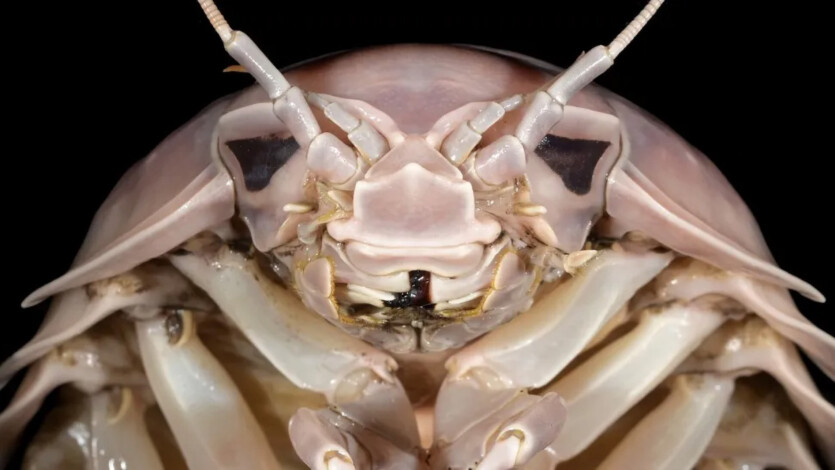
Scientists discovered a gigantic previously unseen sea bug during the study of samples acquired from fishermen. Its head resembles Darth Vader’s helmet, and it is eaten by the Vietnamese.
Bathynomus vaderi belongs to the genus Bathynomus — giant isopods (crustaceans also known as sea bugs or marine bugs), which are abundant in the cold deep waters. This “supergiant” weighs over 1 kg and grows up to 35 cm in length, making it one of the largest known isopods.
Due to its resemblance to the iconic helmet of the “Star Wars” character, the species was named vaderi. Currently, this crustacean has only been found near the Spratly Islands, an archipelago in the South China Sea. According to research, it may also live in other parts of the sea. Scientists studied samples caught by local fishermen and discovered that several specimens had physical features that identified them as a newly found species. The research published on January 15 in the journal ZooKeys.
Scientists noted that various species of Bathynomus have recently become a delicacy in Vietnam, often compared to lobsters. The local demand has turned sea bugs into an important and expensive product, changing the fish market in the region. According to researchers, commercial interest creates both opportunities and challenges. The rapid growth of the market could threaten the giant isopods, but at the same time could lead to stricter regulations in deep-sea fishing.

B. vaderi is not the largest species of isopods. The first place belongs to B. jamesi, which can grow up to about 50 cm and weigh 2.6 kg. Giant isopods are often encountered in deep-water environments, making them difficult to study due to inaccessibility.
Source: Live Science

Spelling error report
The following text will be sent to our editors: